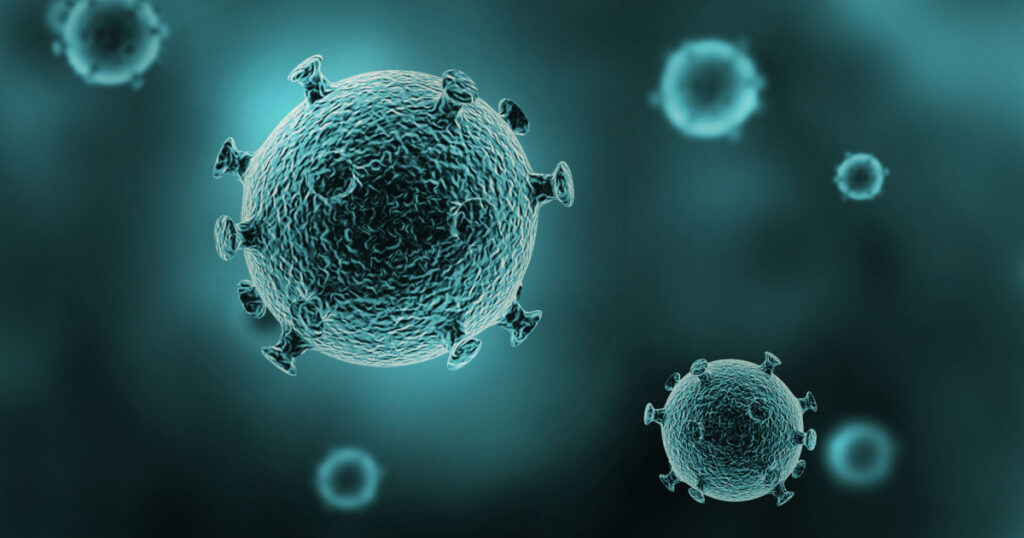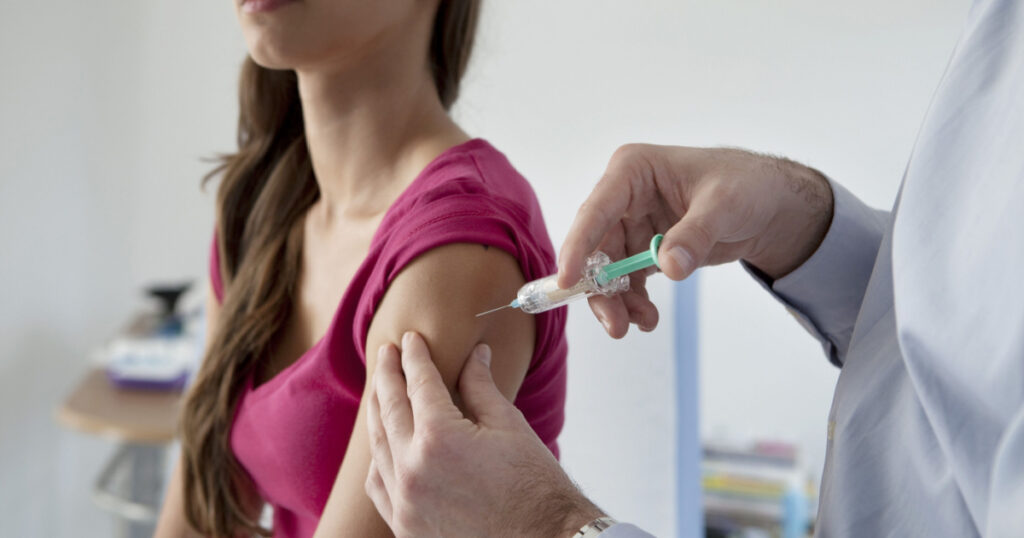One of the most deadly diseases known to mankind is one that you’ve likely heard of but aren’t overly familiar with – rabies. With its high mortality rate, rabies is a disease that affects both animals and humans, making it a significant health concern worldwide. Let’s explore what exactly rabies is, how it is transmitted, its symptoms, treatment options, and the preventative measures that can be taken to mitigate the risk of contracting this deadly disease.
What is Rabies?

Rabies is a viral disease caused by the rabies virus, which belongs to the Rhabdoviridae family. This virus primarily affects the central nervous system, including the brain, and can be fatal if left untreated. It is most commonly transmitted through the bite or scratch of an infected animal. The virus travels along the nerves from the site of entry to the brain, causing inflammation and ultimately leading to the characteristic symptoms associated with rabies. (1)
Read More: Light and Sound Therapy Shows Potential for Treating Alzheimer’s Disease
How is it Contracted?

Animals can contract rabies through the bite or scratch of an infected animal. Wild animals such as bats, raccoons, foxes, and skunks are common carriers of the virus. Domestic animals, including dogs, cats, and livestock, can also become infected if they come into contact with an infected animal. For animals, the virus is transmitted through the saliva of an infected animal. This can happen when an infected animal bites another animal or person, or when it licks an open wound on another animal or person. It is important to note that rabies only affects mammals, so animals such as birds, snakes and reptiles, and fish cannot contract nor transmit the disease. That being said, they can carry other diseases so exercising caution around them is still heavily advised. (2) Humans can get rabies through direct contact with infected animals as well. The most common mode of transmission to humans is through the bite of a rabid animal, but transmission can also occur if the infected animal’s saliva comes into contact with an open wound or mucous membranes, such as the eyes, nose, or mouth. It’s important to note that human-to-human transmission is extremely rare.
Symptoms of rabies

The early symptoms of rabies in both animals and humans are often nonspecific and may resemble flu-like symptoms, making diagnosis challenging. In animals, initial signs may include behavioral changes, aggression, excessive drooling, and difficulty swallowing. As the disease progresses, animals may exhibit paralysis, seizures, and eventually succumb to the virus. (3) In humans, rabies initially presents with flu-like symptoms, including fever, headache, and fatigue. As the virus spreads to the central nervous system, more severe symptoms develop. These can include anxiety, confusion, hallucinations, difficulty swallowing, excessive saliva production, and fear of water (hydrophobia). Once symptoms appear, rabies is almost always fatal. (4)
Treatment options

Unfortunately, once clinical symptoms of rabies manifest, there is no specific treatment available that can cure the disease. Therefore, prevention and prompt medical attention after exposure are vital. In some cases, immediate administration of rabies vaccination, as well as a treatment called post-exposure prophylaxis (PEP), can be effective in preventing the onset of rabies. PEP involves a series of injections of rabies immune globulin and the rabies vaccine. This treatment helps neutralize the virus and stimulates the immune system to produce protective antibodies. It is essential to seek medical attention immediately after a potential exposure to maximize the effectiveness of PEP.
Read More: Aortic Dissection Killed John Ritter…What His Widow Wants Everyone to Know About the Disease
Preventative measures

Prevention is key when it comes to rabies, and there are several measures that individuals can take to minimize the risk of contracting the virus. Vaccination is crucial for domestic animals such as dogs and cats, as they can act as a buffer zone between wildlife carriers and humans. Other preventative measures include avoiding contact with wild or stray animals, especially those that display unusual behavior. If bitten or scratched by an animal, it is important to thoroughly clean the wound with soap and water and seek medical attention immediately. Additionally, educating communities on responsible pet ownership and the importance of vaccination can help control the spread of rabies.
The Bottom Line

In conclusion, rabies is a highly lethal disease that affects both animals and humans. Understanding the nature of this viral infection, its transmission, symptoms, and preventive measures is essential for raising awareness and minimizing the risk of exposure. Vaccination, responsible pet ownership, and prompt medical attention in case of exposure are vital in preventing the devastating consequences of rabies. Remember, knowledge and prevention are key in safeguarding ourselves and our furry friends from this deadly disease.
Read More: 16 Alarming Symptoms of Celiac Disease
Sources
- “Rabies.” WHO. September 2023.
- “Animals and Rabies.” CDC
- “Rabies.” Merck Manuals. John E. Greenlee , MD.
- “Rabies.” Cleveland Clinic

